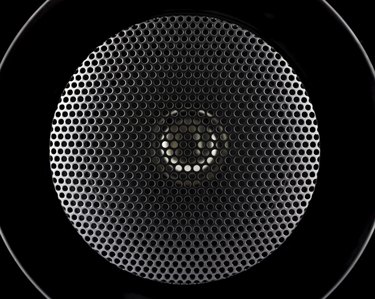
The difference between a speaker and a studio monitor is not always visually apparent. Studio monitors are speakers, but provide a different sound and are designed for a specific use in recording studios.
Sound
Video of the Day
Manufacturers go to great lengths to design speakers that enhance audio quality with rich bass, mids and high frequencies. Makers of studio monitors go to great lengths to design monitors that do not enhance sound, and strive for flat-response of all frequencies.
Video of the Day
Projection
Speakers are designed to project sound evenly throughout the room. Studio monitors are designed to project sound a very short distance to prevent the room from coloring or enhancing frequencies.
Benefits
Speakers benefit listeners by providing enhanced sound that is evenly dispersed. Studio monitors benefit recording engineers by providing unadulterated sound for accurate music mixing.
Purpose
The purpose of speakers is to provide listening enjoyment in music's finished state. The purpose of studio monitors is to provide a "clean drawing board" for the creation and building of music mixes, on its way to a finished state.
Amplifiers
Many studio monitors come with integrated power amplifiers designed especially for the demanding specifications and applications of monitor speakers. Un-powered monitors are paired with special "reference" power amplifiers designed for ultra-clean operation. Regular speakers are usually passive, and are driven by an external tuner/amplifier.
Other Facts
Studio monitors are often called "reference" or "near-field" monitors because of their use as a sound referencing tool in the close-listening and low-volume environment of a recording studio. Studio monitors would surely disappoint home audio listeners for their lack of powerful, rich sound. But without them, professionally produced and finished music wouldn't sound quite right.